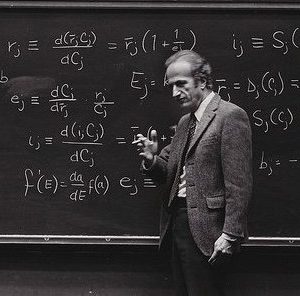- About
- Network
- Research Initiatives
- Big Data Initiative
- Chicago Experiments Initiative
- Health Economics Initiative
- Industrial Organization Initiative
- International Economics and Economic Geography Initiative
- Macroeconomic Research Initiative
- Political Economics Initiative
- Price Theory Initiative
- Public Economics Initiative
- Ronzetti Initiative for the Study of Labor Markets
- Socioeconomic Inequalities Initiative
- Research Initiatives
- Scholars
- Research
- Screening Through Soft Spending Limits: Evidence from the Medicare Therapy CapAshvin Gandhi and Maggie ShiEvaluating Recent Crackdowns on Disability Benefits: Effects on Income and Health Care Use in AustraliaManasi Deshpande, Greg Kaplan, and Tobias Leigh-WoodThe Law and Economics of Lawyers: Evidence from the Revolving Door in China’s Judicial SystemJohn Zhuang Liu, Wenwei Peng, Shaoda Wang, and Daniel Xu
- Insights
Videos
BFI Youtube Channel
- Events
Upcoming Events
- News










